THE ULTIMATE GUIDE TO HANDSTAND PRESS
By Frinksmovement
Introduction
Is there something more frustrating than losing balance in handstand? Yes... not being able to press up to handstand.
With this very scientific claim I want to begin this article on the movement that was my first love in calisthenics (well, to be correct, Muscle up and Handstand came before but these were rather short term relationships, nothing serious). The movement we are talking about today is handstand press. In the past I already prepared a really in-depth material about this skill on my YouTube channel. It was the first video on my channel that resembled the future direction of it (The Problem with Calisthenics series). Since the release of it, I have been not only reading your stories and struggles, but also working with many people whose main goal was learning handstand press. This article is therefore a supplementary material with things I gathered over the years on handstand press along with subtle things I learned working with people in the 1 on 1 setting. The purpose of it is to give you a solid understanding of how handstand press works and a full guide on how to program your training towards the most popular variation of it. Enjoy!
What is handstand press?
The first question worth asking is, what even is handstand press? If you take a general look at the nomenclature used in calisthenics, many differently looking skills have “press” in their name. But there is one common feature - all handstand presses are motions that allow to enter handstand position using strength. The last part of that "definition" is very important, because handstand can be entered in other ways, for example by using momentum generated by lower body. If a gymnast enters handstand through swing - it is not a handstand press. If we kick up to handstand in a traditional way - it is again not a handstand press. So now, as we got this out of the way, how can we actually categorise different ways of pressing to handstand? Back in 2020 when I was preparing the video, I created the handstand press chart that you see below. Considering how often I change my views on things, this is one of those more solid pieces that I pretty much fully agree with till this day. So, let’s take a quick look at it.

I basically decided to split handstand press to 2 main categories - based on the torso positioning. This is very important, because based on the type of press that we want to achieve - we will use different strategies and select our exercises differently. Yes, obviously you can also split the presses further, and make some interesting combinations (like zombie press) but I would say this categorisation is pretty straight forward and practical. The three extra ones at the right upper corner are movements that technically are handstand presses along with the definition, but they don’t align with any of the categories or are just rarely associated with being handstand presses. One of those you see below (manna dislocate to handstand), madness…
So if you are not crazy and you just want to learn how to press to handstand “the classic way”, the following things apply. All presses have 2 things in common, first of all they require pressing strength, secondly they are highly dependent on coordination. Just these two informations tell us that we need to work on our pressing strength and do exercises specific to the variation we want to get for the sake of acquiring efficient technique (the most efficient it can get while aligning with some standards). Additionally, there are two other factors that need to be taken into account when analysing presses. First of all, is it heavily based on flexibility? Secondly, does it require straight arm strength? Both these things will require some additional specific actions. In this article I want to present my way of tackling the skills from (probably) the most popular handstand press family - standing straight arm presses. A quick reminder of that we are talking about:
Now, just to get things straight, one of the most effective ways to learn handstand press is having a good base before starting out the specific training. And I know it sounds obvious, but now looking at my online clients as well as looking back at my journey towards handstand press I can understand the importance of it. Basically, I was training to achieve handstand press for a very long time (too long). The first variation that I learned was a standing, straight arm frog press (well, you would call it tuck, but it was also straddle…so tuck straddle, or straddle tuck…). Technically speaking, I should have got all the other bent arm presses before acquiring this one. That would happen if my general pressing strength was on top before I started training specifically to handstand press. It is just a reminder that it is much more pleasant experience when you have the base down. This is why I will put the prerequisites list that (in my opinion) will save you a lot of frustration of getting too specific too early.
Technique
My favourite part of talking about any calisthenics skill is definitely analysing the mechanics behind it and adjusting technique according to it. During handstand press the center of mass of our body must stay approximately above our hands (as long as we do the movement in a controlled way without a lot of acceleration). If we raised our legs like in handstand press and stayed in one place, we would simply fall back on our feet, because our center of mass would just travel back. This is why in order to raise our legs to handstand position, but stay on our hands we will need to compensate somewhere else - and we will do that by leaning forward with our shoulders. There are 3 stages that an athlete goes through while learning handstand press:

Now, three important pieces of information:
- The more lean the more strength handstand press requires
- The longer your legs are (due to positioning) the further you have to lean
- The more flexible you are the less you have to lean in the "toe-off" stage of the movement
I recommend to watch the video below for the visual representation:
In 2021, an interesting study got published, that looked at handstand press kinematics and kinetics as well as its comparison between highly skilled and unskilled gymnasts. Interestingly, it turned out that as we could anticipate, the highly skilled athletes tended to lean significantly less and therefore they needed to produce less shoulder flexion torque. The way they did get away with it is by largely increasing the angle in their hip flexion. Researchers called it “the hip strategy” as opposed to “the shoulder strategy”. There was also some difference in the speed of presses. But this was the main disparity that got noticed.

Now, both groups were represented by gymnasts. We could speculate that an average calisthenics enthusiast might present even greater differences. Since gymnasts tend to "value" flexibility more in relation to strength than calisthenics athletes. The main take away tough is that flexibility matters a lot in handstand press.
However, there is also something else important to mention. Our anthropometry matters as well. People with shorter limbs in relation to torso will experience that their presses might look a bit more “forced” than for people with opposite features. It should not make SUCH a big difference, however it is important to acknowledge. Just like we can’t expect everyone to squat with a vertical torso, we can’t expect everyone’s press handstand to look the same.

Exercise Selection
So now if we got this out of the way, we can talk about the pre-requisites for straight arm standing handstand presses. These are obviously just arbitrary points that I use. Im sure you can get handstand press without them but like I said before - having a good base can save a lot of frustration.
Pre-requisites:
-
Chest to Wall HSPU x 3 reps (general shoulder and forward lean strength)
-
Tuck Planche x 10s (basic level of straight arm strength)
-
Handstand x 10s (obvious requirement, doesn’t have to be very consistent)
-
Forearms to ground pike and pancake stretch (basic level of passive flexibility needed to use these ranges in dynamic, active way)
Additionally:
-
For every next handstand press the former (easier) variation is also a prerequisite (get tuck before jumping to pike)
Alright, so now let’s get to the bread and butter - exercises. I believe there are 3 categories of exercises that need to be addressed for these presses:
1. Addressing Specific Shoulder Strength
2. Addressing Legs Motion
3. Addressing Coordination
1. Addressing Specific Shoulder Strength
If you analyze the movement, you can see that the lean in straight arm handstand press is not significant. As I mentioned, it does depend on your anthropometry. People with proportionally shorter limbs will have to lean more forward and handstand press will look a little bit different. Even tough the lean is insignificant, it is quite problematic for many people, even for those who can hold tuck planche for 10s (which is a requirement). Why is it the case? If you take a look at external moment arm and torque that is put on the shoulder is really similar or even slightly smaller than the one in Tuck Planche, however what makes the difference is the angle. While a similar torque needs to be opposed in handstand press and in Tuck Planche, our shoulders tend to be much weaker in the higher angles of flexion (when you raise arm up).

This is shown both in theoretically calculated and practically tested strength curves. Well, actually I did not find a direct proof of that, because most practical tests finish at 120/135 degrees of flexion (maybe because most isokinetic machines don’t allow for further measurements) but generally speaking we can say that we are quite weak at this range. On top of that what may limit us is our flexibility in the shoulders. Interestingly, this graph also shows one of the potential reasons for why Back Lever is so much easier than Planche. The base of the graph is from this study.

Because we don't use this range much, it is worth to include some exercises that will be specific to it. Obviously, other exercises like pike push ups will help you a lot and they will contribute to handstand press as well. However, I believe that if you already have a good base strength level, specific exercises will be the best thing you can do and give you the most bang for the buck.
1.1 Wall HS Press Lean
I was first introduced to this exercise by my friend Daniel from FitnessFaqs in one of his older videos. I really like this drill as it's really, really specific towards the range we want to strengthen in handstand press.
Execution:
- Turn wrist outwards a little bit
- Stand approximately 20-25 centimetres of the wall in chest to wall handstand
- Tense your glutes and abs to create a hollow body shape
- Elevate your scapulas by pushing “away” from the floor
- Lean forward on locked elbows while not sticking out your head
- Stop at the difficult range to hold, hold it for 2 seconds and push back
Common Mistakes:
- “Open chest” form (arching spine)
- Anterior pelvic tilt
- Breaking in hips (not keeping straight body)
- Standing too far from the wall (planching)
Progression:
- As you lean more forward, you will notice that your legs start losing contact with the wall. This is a very good sign. Once you get really proficient with this exercise you can transition to the advanced version of it - where you lean so far that your legs come of the wall, then you lean back on shoulders to achieve handstand and then you put your legs back on the wall to repeat the exercise.
1.2 Advanced Wall HS Press Lean
2. Incline Front Dumbbells Raises
Here is a really fun weight exercise. It's definitely not as important as the first one and arguably not needed. But I decided to add it here as it may be a nice accessory movement to try. Well, the idea behind it is that if you look at the mechanics of the exercise, the toughest point (where the moment arm is the biggest) will be in the shoulder angle that resembles the lift off phase of handstand press (that is the most difficult phase in terms of shoulder strength required).
Execution:
- Lay on the bench that is 30 to 45 degree incline
- Use dumbbells that allow you to remain control at the top range (it will be very easy at the bottom, and its okay in this particular exercise)
- Raise dumbbells to the parallel position
- Additionally, I would personally use the neutral grip (on the video, the author presented pronation)
Common Mistakes:
- Using too heavy dumbbells (swinging)
Progression:
- Just use progressively heavier dumbbells once you achieve certain rep range (8-12 works well).
2. Addressing Legs Motion
When it comes to the leg motion, our lower back strength is rarely a thing that is holding us back. Usually it's either the specific flexibility or the coordination, in terms of grasping this movement. I believe only one exercise or its variation is needed.
1. Wall HS Press Variations
This is a pretty popular handstand press exercise. Even tough alone it is usually not enough, its main purpose is to practice the legs motion. One of the ways this exercise helps is by improving our flexibility that is specifically needed for straddle and pike presses. It also improves our awareness and understanding of weight transfer.
Execution:
- Turn your wrist out or supinate them completely
- Stand approximately 30-40 centimetres against the wall
- Press your upper back against the wall and lean your weight towards it
- Move legs closer and “fold” as hard as you can till your hips touch the wall
- Once you feel the weight is on your hands and upper back is pressed on the wall raise your legs up to handstand
Common Mistakes:
- Choosing too heavy variation
- Losing tension in legs (straddle and pike)
- Standing too close the wall
- Not leaning on the wall enough and not maintaining the pressure on the upper back
Progression:
Follow this progression:
- Headstand Frog Press
- Headstand Tuck Press
- Headstand Straddle Press
- Headstand Pike Press
- Handstand Frog Press
- Handstand Tuck Press
- Handstand Straddle Press
- Handstand Pike Press
When you achieve 6-8 solid reps you should be able to move to the next variation. Headstand really makes this exercise much much easier. However, be careful with it and especially at first don't spend too much time in this position.
3. Addressing Coordination
Coordination is an umbrella term that includes many aspects of physical fitness. Scientists Kurt Meinel and Günter Schnabel proposed the distinction of 7 basic coordinative abilities. Out of 7 I highlighted the ones that in my eyes are most important in the handstand press.
- Balance
- Rhythm
- Spatial orientation
- Speed of reaction (to sights and sounds)
- Synchronization of movement
- Kinesthetic differentiation
- Movement adequacy
We obviously need to stay balanced in order to complete handstand press, which gets challenging because we maintain center of mass in the same place while manipulating the positioning of our body segments. Another important thing is being able to synchronise the movement of shoulder leaning and raising legs. If you raise your legs too early - you collapse on your feet. If you raise legs too late - you collapse the other way (well, hopefully you just lose your balance and turn around).
All that requires the orientation in space regarding body segments and being able to assess how much tension is required in each area of the body. When everything is done properly, our handstand press is done in the most efficient way that we are capable of for our anthropometry and level of flexibility. Coordination can make a huge difference in handstand press and I would argue its one of the most heavily coordination-dependent skill in calisthenics. It is a good news as coordination tends to stay with us for much longer time than other adaptations that make us stronger and the adaptations can be done very fast (you can see noticeable improvements from session to session and even during training session). But the way we should approach coordination is a bit different from the traditional strength training, especially given the fact that fatigue is generally the enemy when it comes to coordination. Now, let’s take a look at exercises that in my opinion are most worth practicing from its standpoint.
1. HS Press Walks
The goal behind handstand press walks is not to look cool. It is also not to replace your normal walking (although that would be fun to watch). The basic idea behind it is to learn the most efficient way for you to move your center of mass above your palms. You don’t have to press from it, you don’t have to hold it yet as well.
Execution:
- Stand in straddle stance and put your hands just a little bit in front of your legs
- Slowly lean forward on your hands till the legs lose contact with the floor for a second
- Let the legs drop a little bit forward in relation to where they were
- Place your arms a little bit in front of your legs and repeat the exercise
Common Mistakes:
- Jumping instead of leaning forward and allowing legs to elevate
- Putting hands too much in front of legs which facilitates “planching”
Progression:
The only thing I want you to focus on is to just observe what makes it easier and what makes it harder. Find the most efficient way, see how folding your body helps, try tensing your upper back, pushing in the ground, leaning more forward…In result of getting more proficient with this exercise you will find yourself being able to do more reps and who knows... maybe at some point you will use it in your morning walk with your dog. Certainly, It will be a very relatable moment for him.
2. HS Press Negative
Handstand press negative is an obvious choice. Practicing the movement in reverse is one of the really good ways to feel and understand the movement. It will teach you how much you need to lean and test both your strength and flexibility.
Execution:
- From handstand slowly lean forward on your shoulders
- As you lean forward start slowly flexing your hips and folding your body
- Keep weight over your hands the whole time
Common Mistakes:
- Not synchronising the lean with hip flexion
- Spending too much time in the upper position of the handstand press and lowering too fast at the end
Progression:
Again, rather than counting time or reps I would treat this exercise as a practice. Make it your goal to execute each rep with a maximal focus and attention to the details. As the time goes by you will notice you can pause your negative at different phases. It is a really good sign and it means you are gaining control and understanding of the pattern.
3. HS Press Partial Reps
Partial reps are another great way to decrease the difficulty of handstand press while maintaining a lot of its specificity. How does it work? Basically, by putting your legs on some elevation you get to start handstand press with already elevated hips. This means you get to skip the toughest part where you have to lean forward in order to get your hips above your hands (the toe-off). The good thing about it is that its pretty objective and measurable. You can scale the exercise to your level very accurately.
Execution:
- Find some elevation and put your legs on it
- Put your hands slightly in front of that elevation
- Make sure your hips are high before your next step
- Slowly lean forward and gradually put more weight on your hands
- Once your legs elevate a bit, lean a little bit more forward and facilitate the extension in your hips to finish in handstand position
- Lower down your legs slowly while not forgetting about shoulder lean
Common Mistakes:
- Being too far from the elevated legs
- Jumping to handstand instead of pressing to it
Progression:
As you can see on the video above, the progression is plain and simple in this exercise. Just find progressively lower elevations. Once you can comfortably do a pike press on a given level, go for the lower level and begin with tuck, then straddle and then pike. Also, just because my "level 1" on the video is pretty low already, doesn't mean you can't practice on higher spot. Again, it is a coordination exercise. At this point you already have the strength to press up and it's about understanding the movement pattern. If you find a place where you can press up, you may find out the progression to lower steps being very fast - even during the same training session.
Programming
Alright, so at this point we know what is handstand press, the mechanics of it, prerequisites to start training for it and exercises to do to achieve it. The last question is, how should we put everything together in a way to progress?
Programming is one of those things where it is really difficult to give guidelines applicable to everyone without a constant reminder of “it depends”. I will do my best to give you the principles specific to handstand press that have worked well for my clients. I want to make it clear tough that training programming is at least as much art (communication and constant adjustments) as it is science because our response to training is not fully predictable. However, in order to remove confusion I created this graphic for you to explain how I approach programming for straight arm standing press to handstand.

Apart from this (hopefully) simple representation of training programming I want to give you a couple of additional tips.
1. Manage your wrists loading & fatigue
Managing wrist loading may be one of more straightforward tasks, but if you don’t do it properly it might be a huge inhibitor of your handstand press progress. Simply put, use parallettes and/or yoga wedge in most exercises. If your goal is learning on the floor, I would still say that you may save your wrists in most exercises and leave the floor work for very specific ones like negatives or partial reps. If you don’t have the access to parallettes, turning your wrist out a little bit might help as well (in wall HS press you can even turn them back completely).
2. Add variation if needed
While I would call stage 1 quite universal, learning movement tends to be a pretty individual thing. If you find yourself spinning wheels and not getting anywhere with the exercises I listed, feel free to try other exercises as well. Just because I noticed these movements to work really well doesn’t mean that other things won’t work.
3. Work on other things
As already mentioned so many times, flexibility is your biggest friend in handstand press. Even after having the pre-requisite of touching the floor with your forearms down, you can still massively benefit from pursuing further stages of flexibility. This will not only make your handstand press easier but also better looking. And of course it all applies to other things as well. Handstand press is one of those skills that are very motivating to pursue. I think the main reason for that is the element of “unlocking them”. Once you pressed up on straight arms there is no question, you did achieve your handstand press. So waiting for that moment can get very exciting. However, I would definitely recommend you not to put everything on line for that skill. Keep working on your handstand and general shoulder strength. You definitely don’t need to sacrifice your whole training time for the handstand press.
Conclusion
Handstand press is a very exciting skill to pursue and I would recommend anyone with a decent strength levels who struggles with consistency in handstand to learn even the most basic variation. For me learning handstand press was a game changer when it comes to my handstand. It increased my spatial awareness, balance and understanding of handstand in general which could transfer to other skills like freestanding handstand push ups and 90 degree push ups in the future.
I hope this article could provide you some valuable information and help you on your journey towards handstand press. If you feel like you need a further personal help with your handstand press or any other part of your calisthenics journey, you can sign up for personal online coaching, training programming or consultation with me on my website.
Thank you for reading
Eric (frinks)

References and Further Reading
Content re-used:
Press Negative - inverted_g - https://www.youtube.com/watch?v=uGrKIEm4pwI
Dumbbell Front Raises - Colossal Fitness - https://www.youtube.com/watch?v=byvqo-KqtAU
Standing Handstand Press Presentation - Yuval Ayalon - https://www.youtube.com/watch?v=OQlAWgJw3mw
Bram Verhofstad - Manna Dislocate to Handstand - https://www.youtube.com/watch?v=KAp8aEmPSfE
Shoulder Flexion Torque - https://www.actabio.pwr.wroc.pl/Vol4No2/3.pdf
Handstand Press Graphics - https://journals.plos.org/plosone/article?id=10.1371/journal.pone.0253951
 | 5.000+ Reviews
| 5.000+ Reviews
 Free EU Shipping above 100€*
Free EU Shipping above 100€*
 300.000+ Customers Worldwide
300.000+ Customers Worldwide




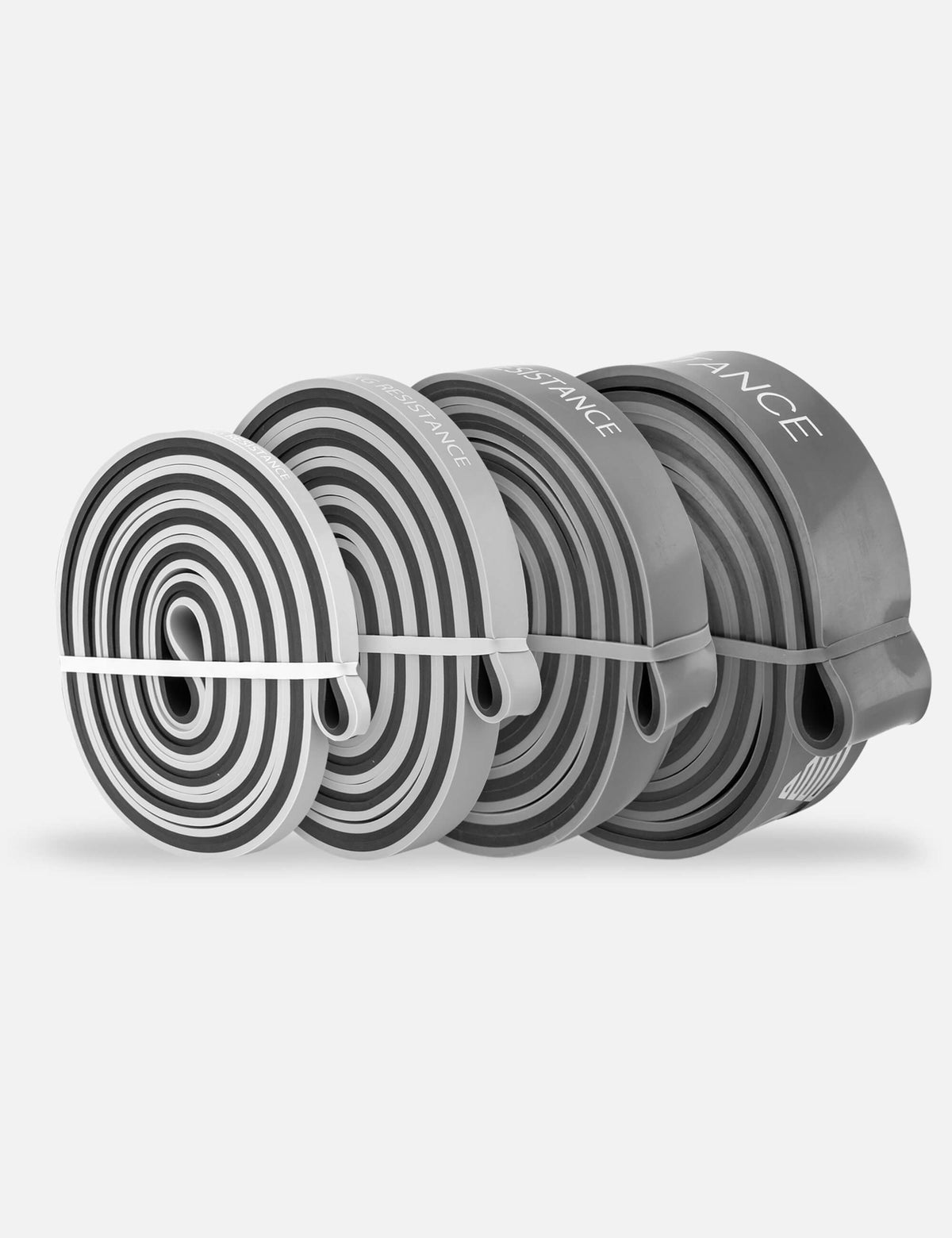
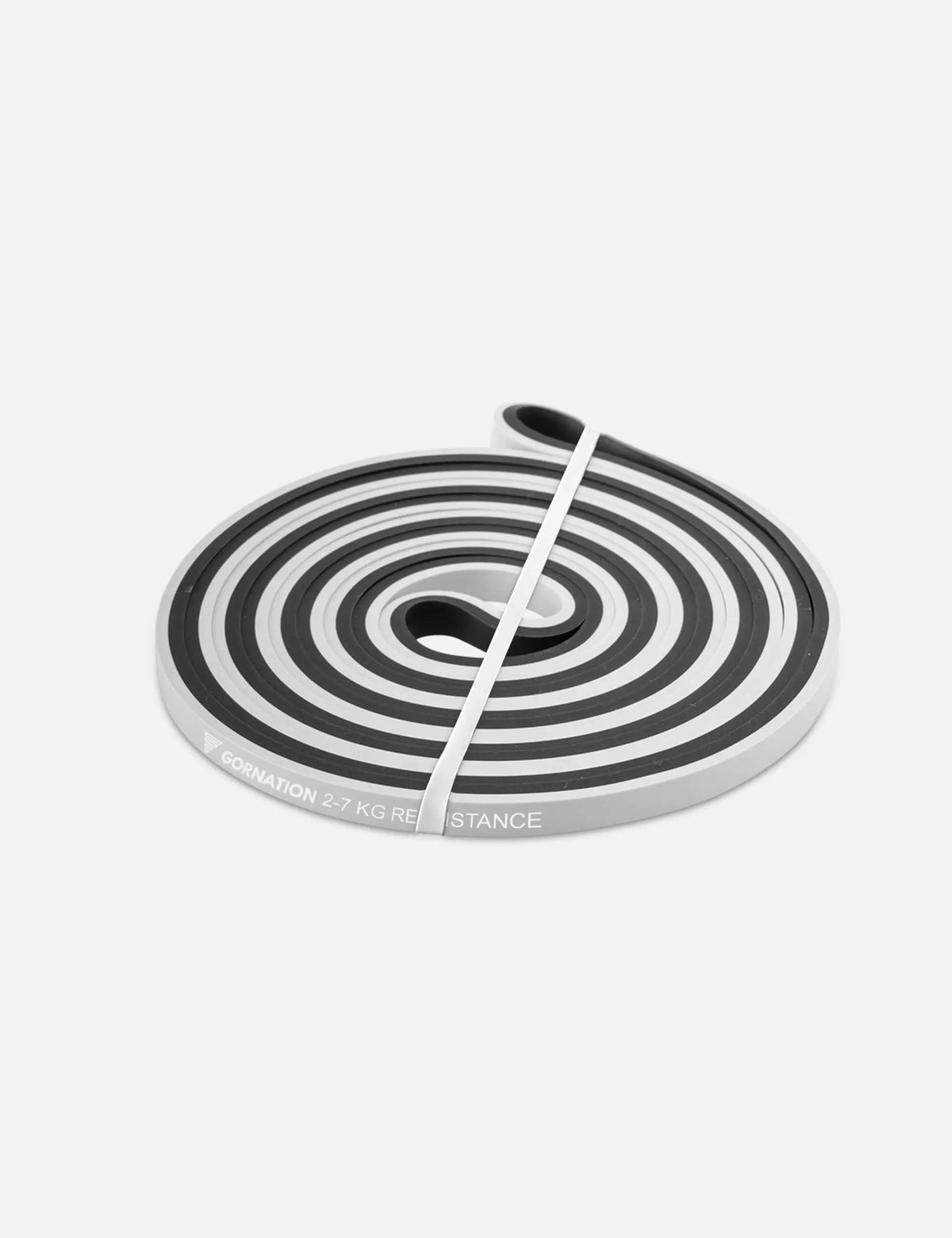
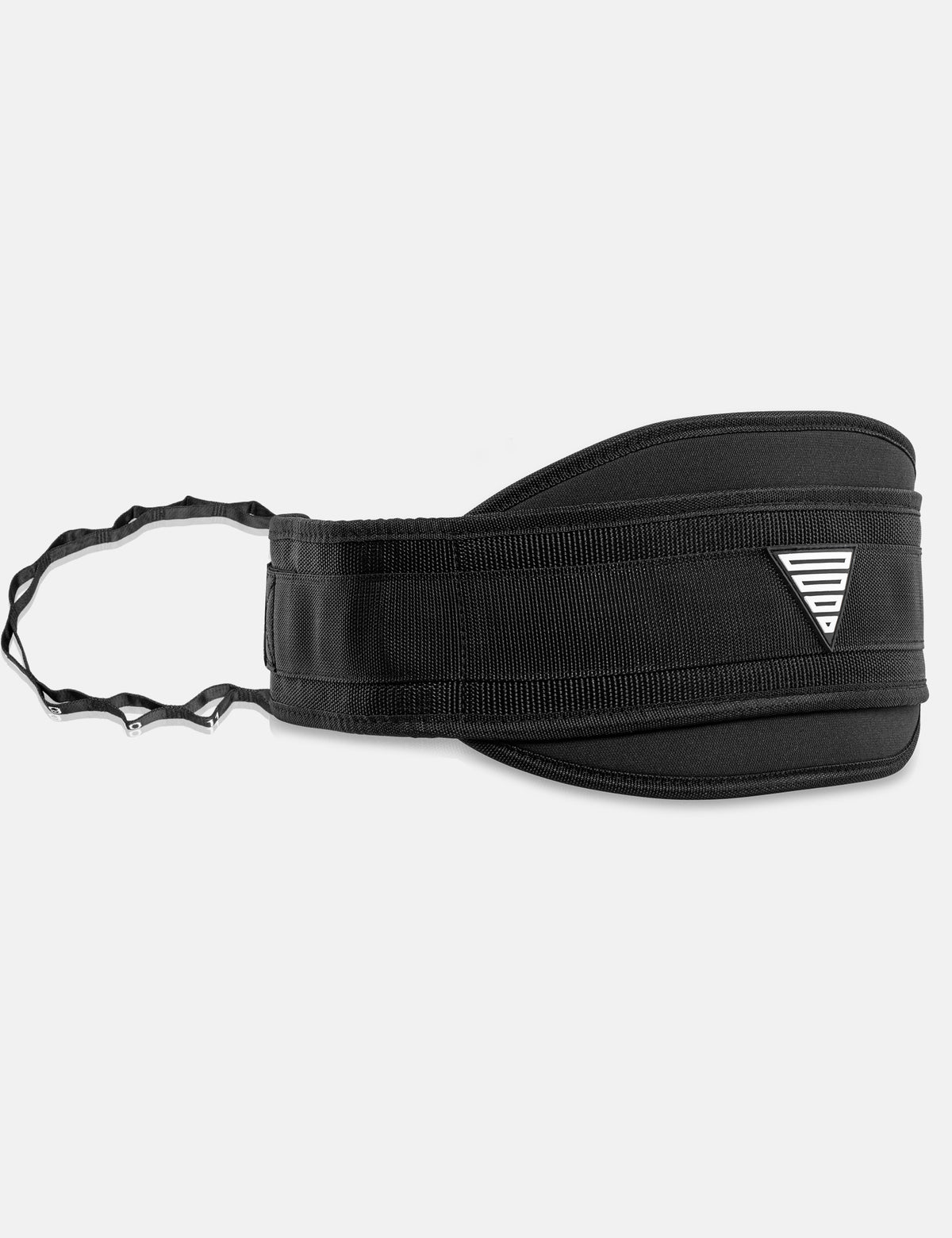
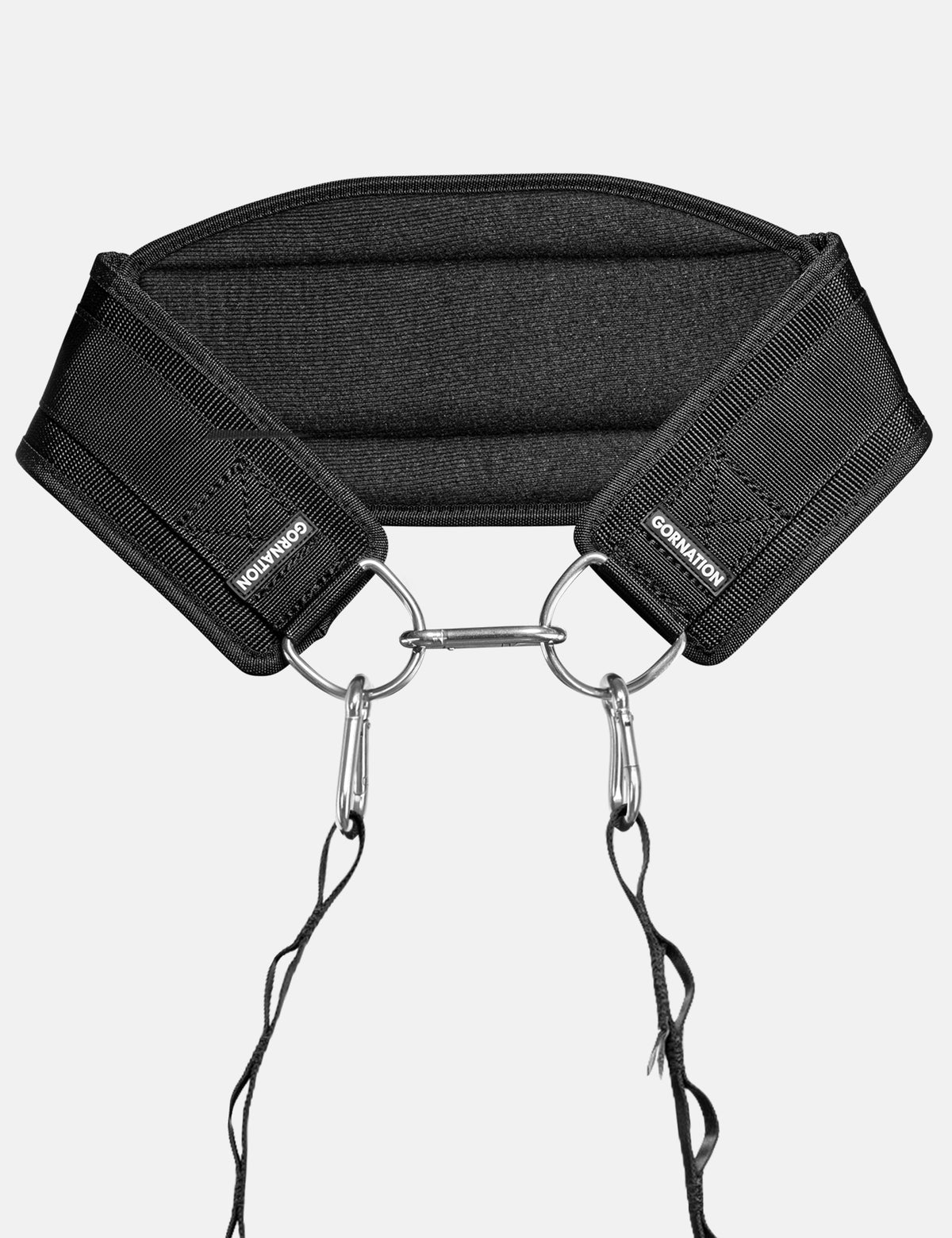
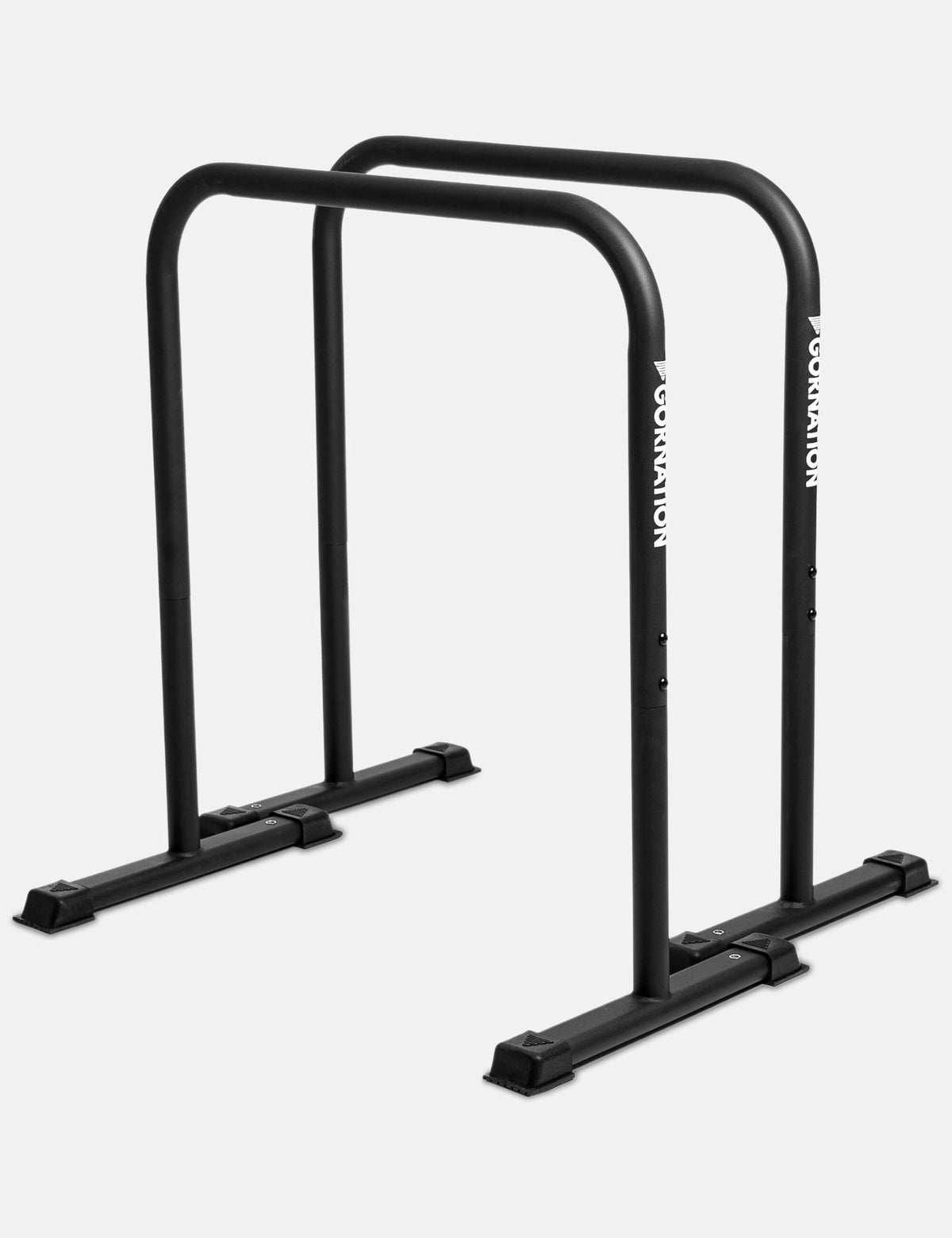
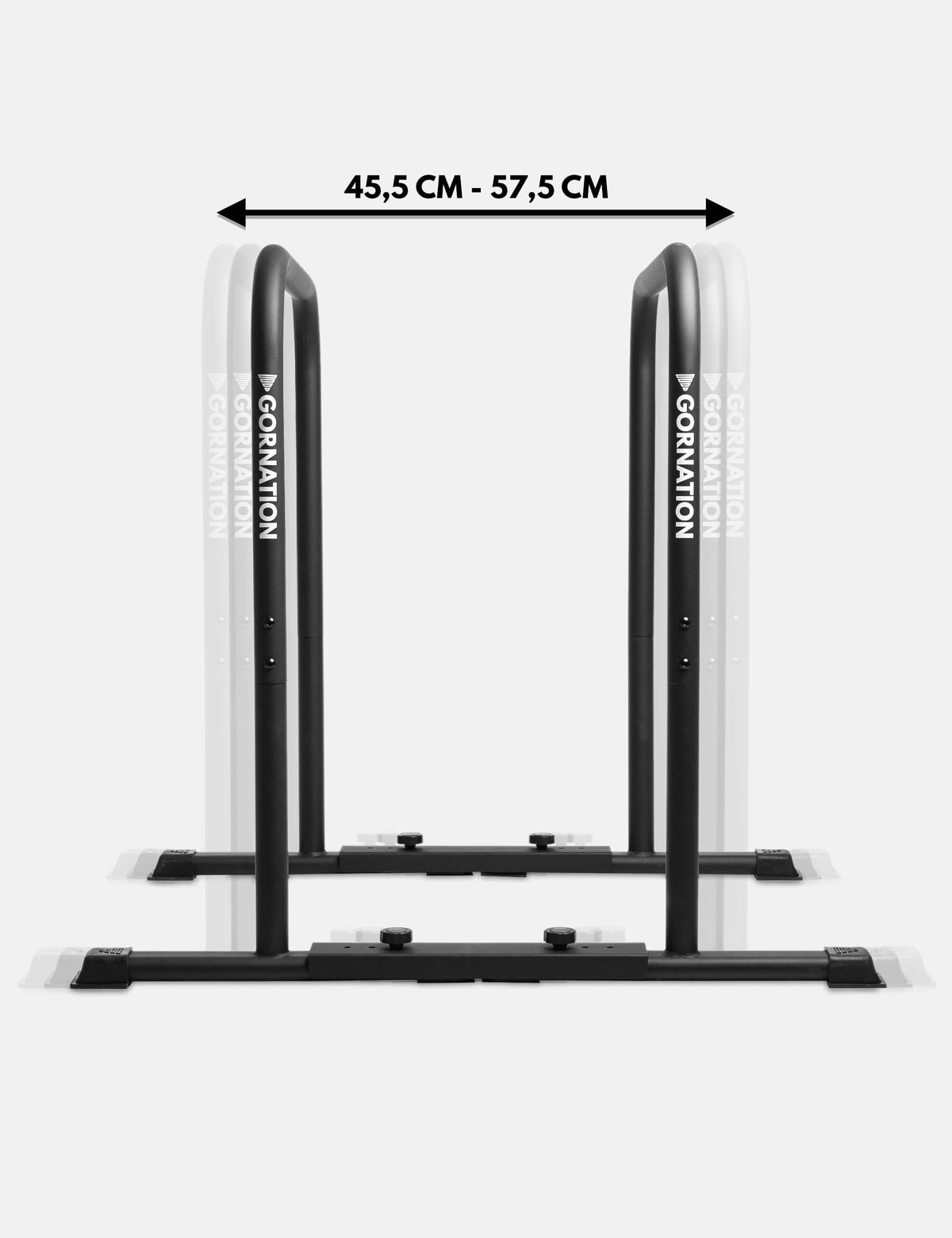
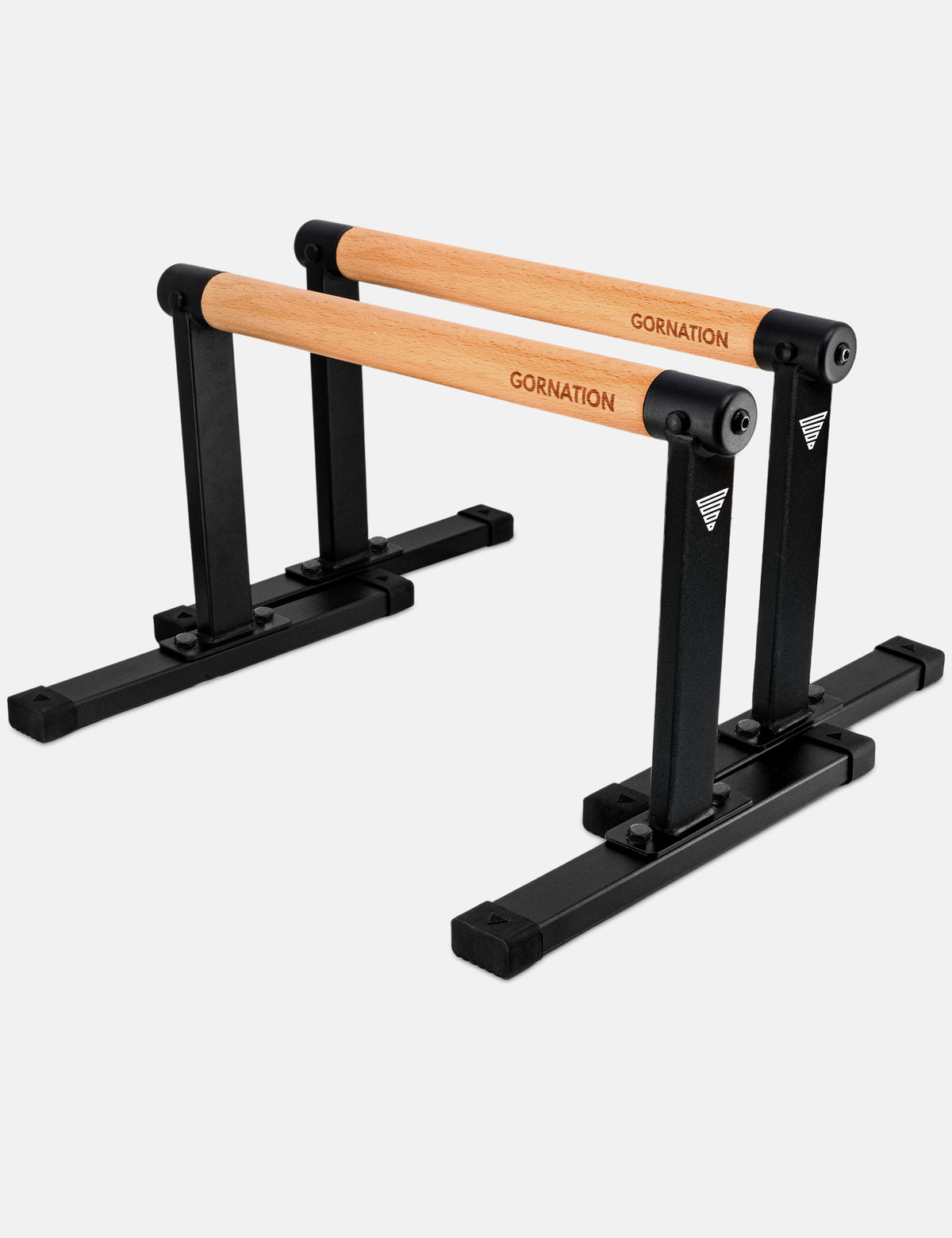
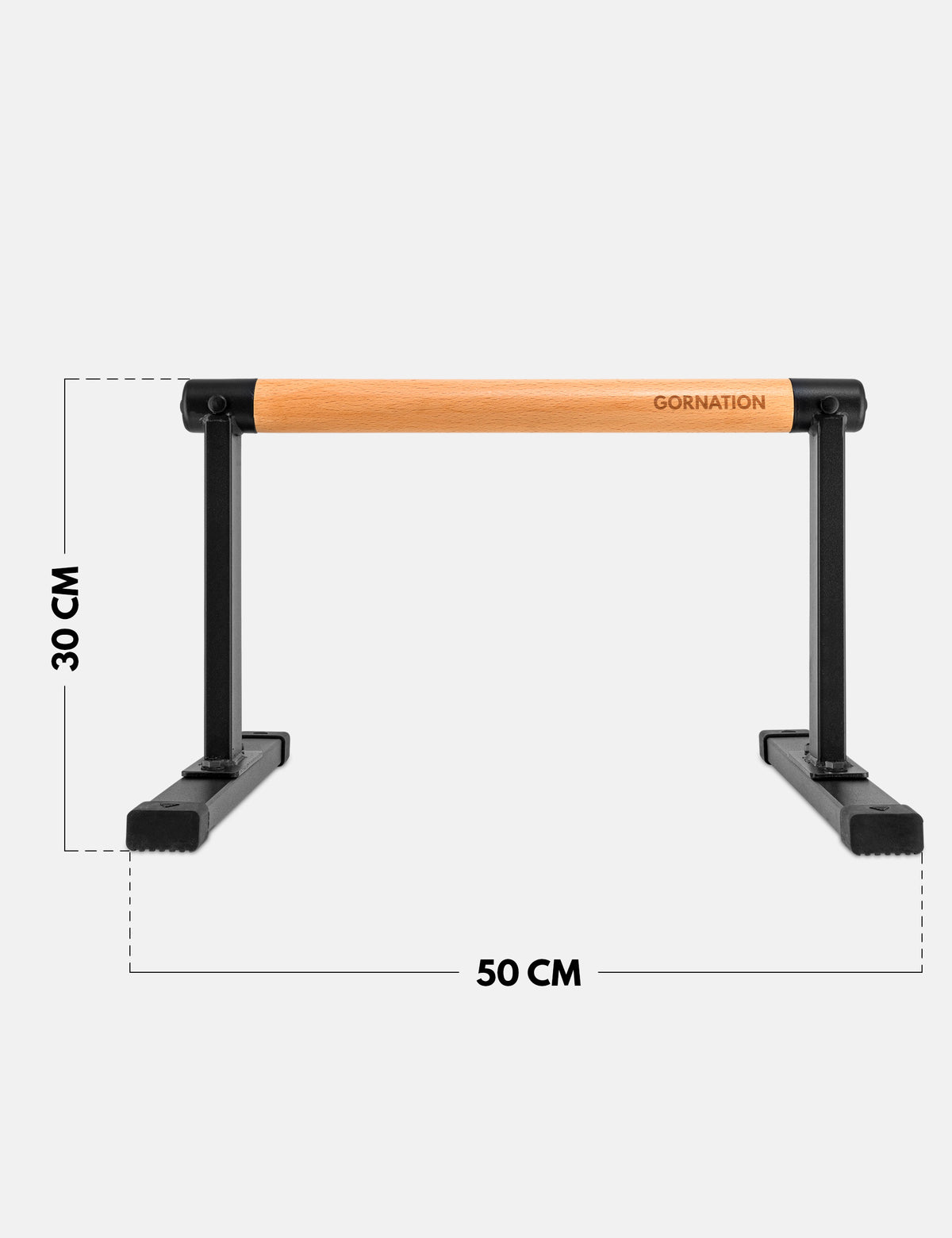
3 comments
Gilles
Thanks a lot for this remarkable, in-depth and to the point vademecum, Eric, that’s everything I like!
Thanks a lot for this remarkable, in-depth and to the point vademecum, Eric, that’s everything I like!
Gabi
I’ve never seen such an in-depth guide to a handstand. I loved how you broke it down, including the flowchart at the start. That’s such a methodical approach to it. This is brilliant. Thank you so much for sharing. I appreciate it and I can’t wait to start my handstand journey from this guide.
I’ve never seen such an in-depth guide to a handstand. I loved how you broke it down, including the flowchart at the start. That’s such a methodical approach to it. This is brilliant. Thank you so much for sharing. I appreciate it and I can’t wait to start my handstand journey from this guide.
Willy
I have just started taking this move seriously and then this just landed in my lap at the right moment. I appreciate the in-depth articles and research you do and look forward to seeing more.
Cheers!
I have just started taking this move seriously and then this just landed in my lap at the right moment. I appreciate the in-depth articles and research you do and look forward to seeing more.
Cheers!